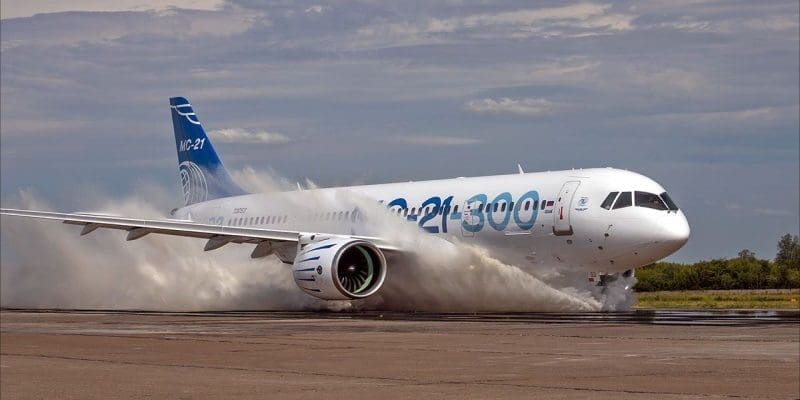
Problems of Russian civil aviation, propaganda of distorted reality and impact on the international aviation market
Recent revelations have revealed a worrying trend in official Russian media – the dissemination of misleading information about the state of the Russian economy and civil aviation in general. In this article we will try to understand the rhetoric of Russian propaganda, its impact on the international market and look at a couple of specific examples to support those claims.
The Challenges of Maintenance in Russian Civil Aviation
Following the acquisition of type certificates and international airworthiness certificates, one of the primary hurdles faced by domestic civil aviation is the provision of adequate technical support for aviation equipment. Each aircraft necessitates a comprehensive maintenance system, which includes not just formalizing supply chains for technical spare parts but also establishing service and logistics centers for aircraft maintenance.
Denis Manusrov, head of the Ministry of Industry and Trade of the Russian Federation, highlighted these challenges as pivotal in determining the international expansion of the Russian short-haul aircraft SSJ-100. However, critical issues persisted. For instance, in 2018, Sukhoi, the manufacturer of the SSJ-100, lacked even a single maintenance center for the aircraft in South America, severely limiting its operational capacity on the continent.
Despite these challenges, state channels continued to paint a rosy picture of international contracts, purposefully ignoring the underlying problems faced by Russian civil aviation.
The Illusion of Availability
One of the main narratives propagated by the Russian state media revolves around the availability of repair components for the SSJ-100, emphasizing its maintainability as a key factor for successful international expansion. However, reports from domestic airlines reveal a stark contrast. The waiting period for spare parts for the SSJ-100 can range from 30 to 80 days, compared to just a day for Airbus and Boeing aircraft.
This disparity in availability and efficiency has allowed foreign competitors with global networks of service centers and spare parts warehouses to edge out the Russian aircraft from the market. Despite the clear need for transparency and acknowledgment of these challenges, the Russian state media remains silent on the issue.
Seeking Objective Information
Accessing verified and reliable information about the Russian aircraft industry poses a significant challenge, both for international investors and for objective assessments.
Two avenues offer glimpses of objective information: official government documents and AI technology like Chat GPT, which allows you to find information much more accurately and is not subject to censorship and search results preferences in popular web browsers. Government decrees provide insights into the economic landscape of the industry. For instance, a 2022 decree allocated additional billions for key aviation projects, revealing cost increases and delays in the MC-21 airliner project.
International prospects of Russian civil aviation.
At the moment, given the absence of any Type Certificates for one of the most important projects of the Russian aircraft industry, the MC-21 aircraft, it is difficult to imagine the prospects for the development of this project on the international market. In the course of the theoretical lifting of international sanctions from Russia and a change in the political situation in the country, the European Union Aviation Safety Agency (EASA) or Federal Aviation Administration (FAA) will have not only questions about obtaining an international Certificate Type, but even a Russian one, how a civil the ship received it with the number of shortcomings and comments that the project now has.
At the moment, the prospects for MC-21 on the international stage look extremely contradictory.
Conclusion: Unveiling the Reality
In conclusion, the search for accurate and specialized information about the Russian aviation industry is challenging. Despite the hurdles, modern technologies and careful analysis of state documents offer avenues to uncover the realities behind the facade.
This article, authored by student Mekhanoshin Semen, aims to shed light on the discrepancies in the portrayal of Russian civil aviation. By highlighting the challenges faced and the impact of misinformation, it seeks to foster transparency and informed discussions on the industry’s future.
